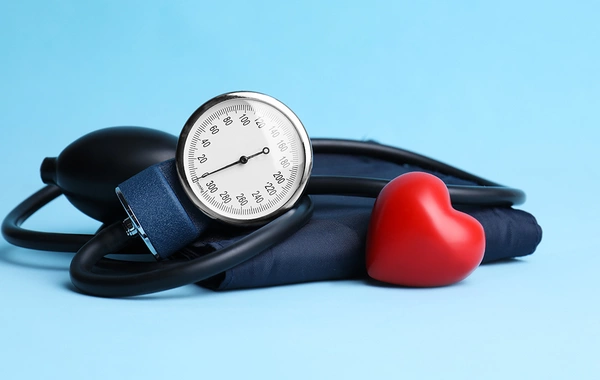At what heart rate does a life-threatening situation occur?

Normally, the pulse rate in an adult ranges from 60 to 100 beats per minute at rest. However, deviations from these indicators are not always harmless - in some cases, they can pose a serious threat to life.
When does pulse become dangerous?
Medical professionals consider two conditions critically dangerous: bradycardia (slow pulse) and tachycardia (rapid pulse), if they are accompanied by other alarming symptoms and are not related to natural causes (for example, physical exertion or stress).
-
Pulse below 40 beats per minute can lead to insufficient blood supply to the brain, loss of consciousness, and even cardiac arrest. This condition is especially dangerous for elderly people and patients with heart diseases.
-
Pulse above 130-150 beats per minute at rest may indicate severe tachycardia, heart rhythm disorders, dehydration, or other pathologies. If tachycardia is accompanied by chest pain, dizziness, shortness of breath, or fainting, it is necessary to seek medical help immediately.
What to do in case of a dangerous pulse?
If a person has an extremely low or high pulse, especially with deteriorating well-being, it is necessary to:
-
call an ambulance immediately;
-
ensure rest;
-
measure blood pressure if possible;
-
inform the doctor about any concomitant diseases (for example, in hypertensive or cardiac patients).
Prevention is the key to health
Regular pulse monitoring, especially in people over 40, helps to identify possible abnormalities in time. A healthy lifestyle, quitting smoking and alcohol, adequate physical activity, and proper sleep are also important.
A person's life may depend on timely measured pulse - one should not ignore the signals that the body sends.
Similar News
Named the non-obvious fruit that can normalize blood pressure
A popular tropical fruit can become a real ally in the fight against high blood pressure and reduce the risk of developing cardiovascular diseases. This was rep...




 Azərbaycanca
Azərbaycanca  По-русски
По-русски  English
English 






